9. push the sky away
I was particularly interested in catching the three below ethnographic exhibitions:
The field work of the ethnographer: Among the Chukchis in Sibiria - the first of a new series of exhibitions about the field work behind the ethnographic part of Moesgaard Museum.
The Lives of the Dead - how the dead live on in different cultures and...how the relationship between the living and the dead is experienced.
HOME - Among nomads, refugees, seafarers, and migrants focuses on the meaning of home for different people, who have in common that their homes are in disruption, spread over several countries, in motion, or detached from one physical place. The exhibition is a result of the research project The Materiality of Home among Mobile Groups, conducted by Cecil Marie Schou Pallesen and Anders Emil Rasmussen from Moesgaard Museum, and Jeanette Lykkegård and Christian Vium from Aarhus University.
Above descriptions from www.moesgaardmuseum.dk/en/
I will just share a few of the things that stood out for me:
A Window of Hope
This just really got me thinking around my research method: Could there be a process whereby once the findings have been gathered, these are sent back out to the participants, not just to check they are happy with how they are represented, but also to actively seek out that which is missing. Where have I failed to tell your story? Now that you see it mapped out - have I missed the essence of something?
Animated Objects
I have situated a large part of my practice in using choreography to give life to objects, drawing a lot on William Forsythe’s Choreographic Objects. This is the first time I’ve reflected on where this might correspond to the idea in other cultures of imbuing an object with life.
Jeanette Lykkegård shares her experience of bringing a Gihr-Gihr, which is 'a human soul and an ancestral spirit' to the museum (above). At first this seemed dangerous and impossible - she recalls a story of someone who had sold their Gihr-Gihr to a museum and died shortly after followed by the deaths of the rest of their family. Lykkegård reflects on the immense sensitivity it became apparent this would need. Later, when approached by a lady who dream about splitting with her Gihr-Gihr, to take it home - they were able to make an agreement whereby the Gihr-Gihr would be properly cared for. Lykkegård identifies trust as a necessity of ethnographic fieldwork, and sees this object as a symbol of trust and thus her successful work.
I have a different feeling in my body - the revival of the dancewear.
This room explores Danish modes of being with the dead, particularly in the contrasting ways we engage with possessions that are left to us, here it is Karsten’s room.
This was just exiting to see dance represented in a conversation around death and tradition (beyond the ceremonial and spiritual - or the ceremonial and spiritual in a different form), within Karsten's room we see paraphernalia left to him by his uncle: dance trophies, disco vinyl records and formal dancewear. To me, this is a beautiful showcase of how we can leave dances behind through objects.
HOME banner
I just like the idea of telling stories among these people - I think it serves as a reminder that we’re not researching ‘on’ people, maybe we can even go beyond presenting ‘about’.
Christmas Birrimbirr / Miyarrka Media
This one is somehow hard to capture in words. The exhibition is a study of the Yolunga people’s Christmas traditions. Anthropologist and researcher Jennifer Deger reflects how experiencing death within her life clarifies and gives a necessity to this work, it feeds a desire to shine a light on indigenous people and particularly their traditions that allow them to celebrate and speak openly around death. It is also nice to see Miyarrka Media (Deger’s production company) at work - big sheets of paper and whiteboards, a collaborative dialogue that is easily recognisable.
Virtual Reality
Despite my interests in immersion, I have not done many Virtual Reality headset experiences -honestly, it would never be the first thing I would run towards. Here, headsets around the space allowed you into the homes and villages of the travelling people. Maybe most profound was an image of a couple standing still looking at their audience, whilst cars and passersby went on unperturbed. I’m very interested in what photographs capture, the essence of a still moment, but there’s something beautiful about what we capture in our attempts to be still, suddenly the body is alive because it does at first sight not do a lot, but I am then drawn in to its minute dance on epic proportions... the eyes moving in their sockets... the breath in the chest…
The instant transportation afforded by this technology is very exciting, but it also makes me question how we perceive that which is real and that which is fabricated. It is true that if we would replicate a family kitchen in a museum something would inevitably be fake: walls too thin, appliances glued down, floors and surfaces to perfect or too worn out from the excessive footfall of museum visitors. And then, we have that which becomes fake, for instance when you put a camera in someone’s kitchen, do they clean more than they would normally, do they dress more presentably, do they censor their topics of conversation?
Olafur Elliason talks about something very interesting with reality. There is a fishing town in Denmark called Skagen, and there is also a recreation of Skagen in Legoland, Elliason suggests maybe the Legoland recreation is the most real - it’s not pretending to be something it is not.
Coming away from the museum it was definitely learning about Jeanette Lykkegård's work that will stay with me the most - I feel there is something very interesting that is close to and also couldn't be more different from my work. It's always nice to find affinities in unlikely places.
Photo One - Moesgaard Museum, by author
Photo Two - Moesgaard Museum, TripAdvisor
Photo Three - Moesgaard Museum, by author
Photo Four - Moesgaard Museum, by author
Photo Five - Moesgaard Museum, by author
Photo Six - Moesgaard Museum, by author
Photo Seven - Moesgaard Museum, by author
Photo Eight - The fish restaurants in Skagen, kimsbilleder
-
'Push The Sky Away' - Nick Cave, Push The Sky Away, Track 9
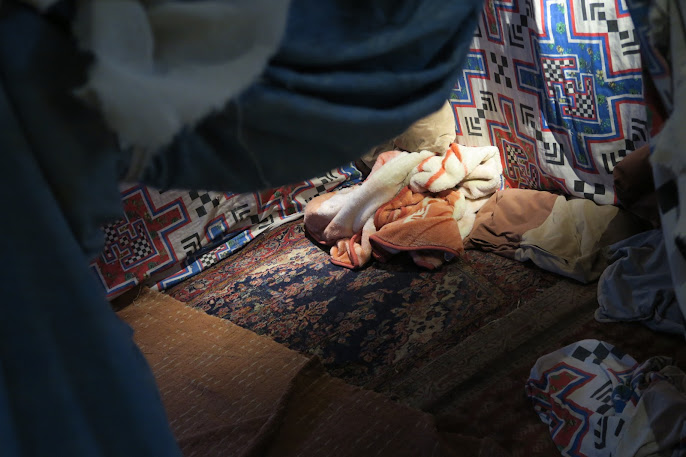

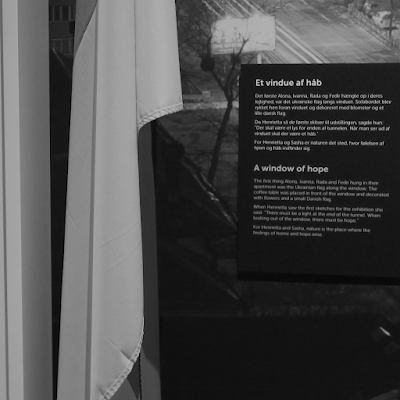





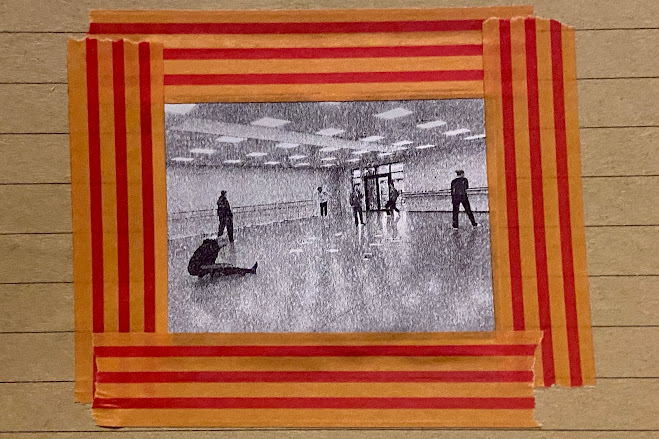
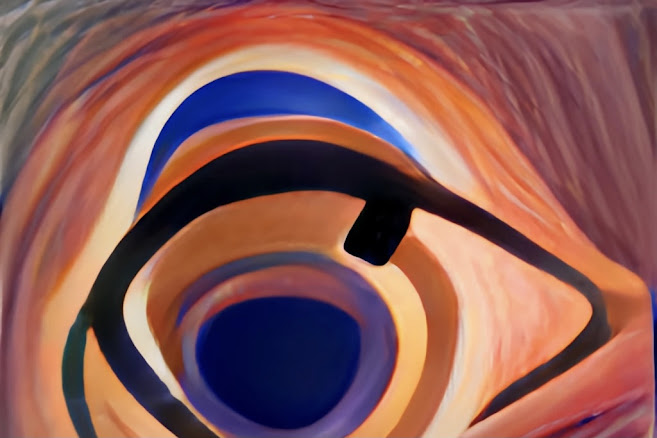
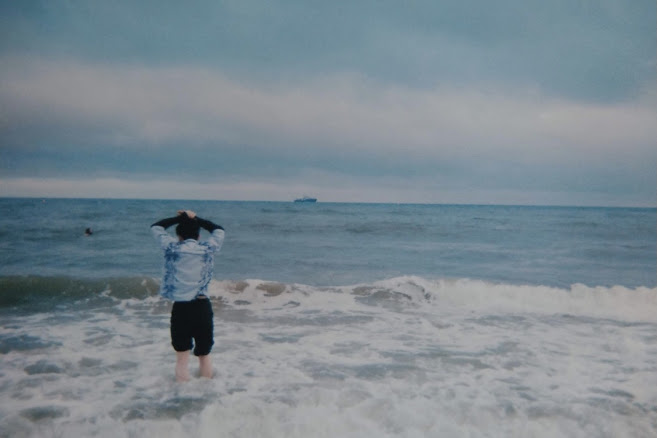
Comments
Post a Comment